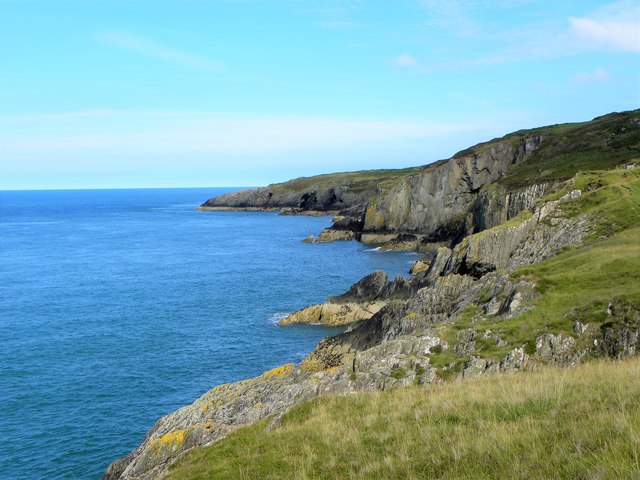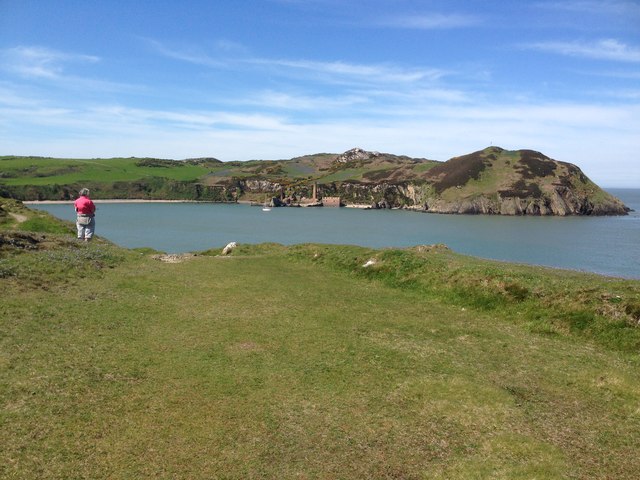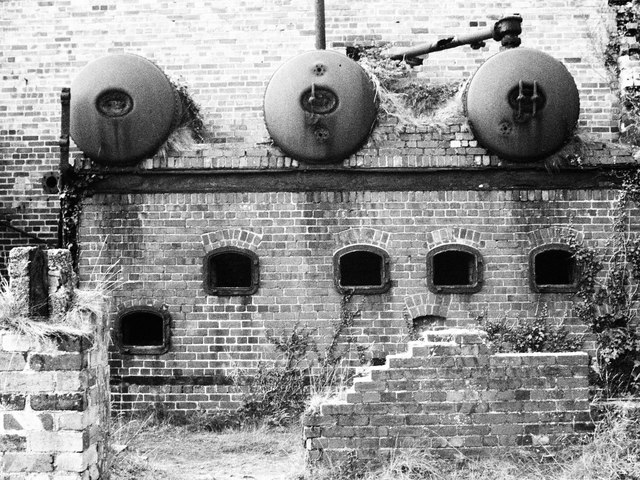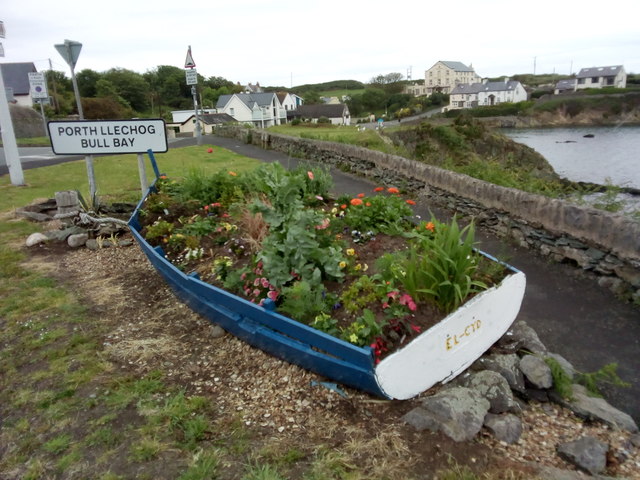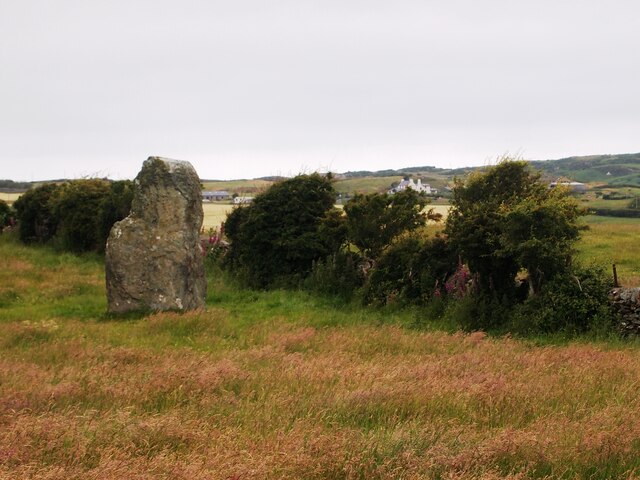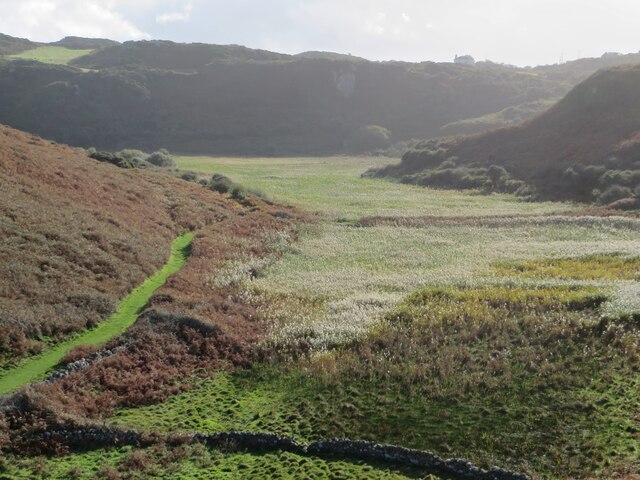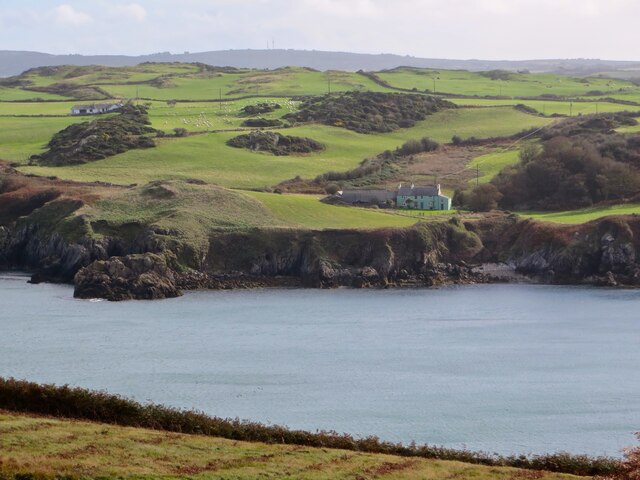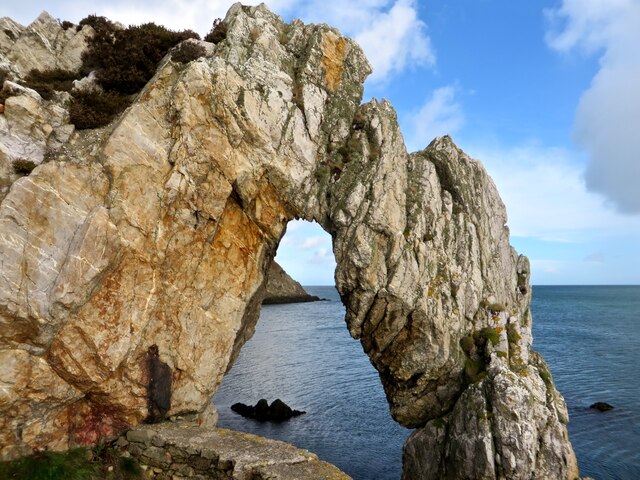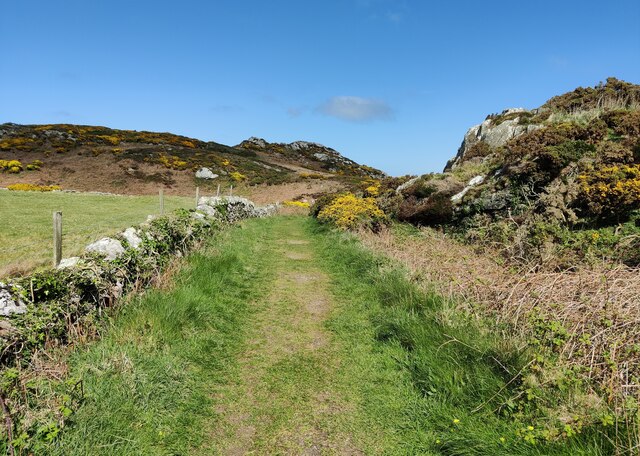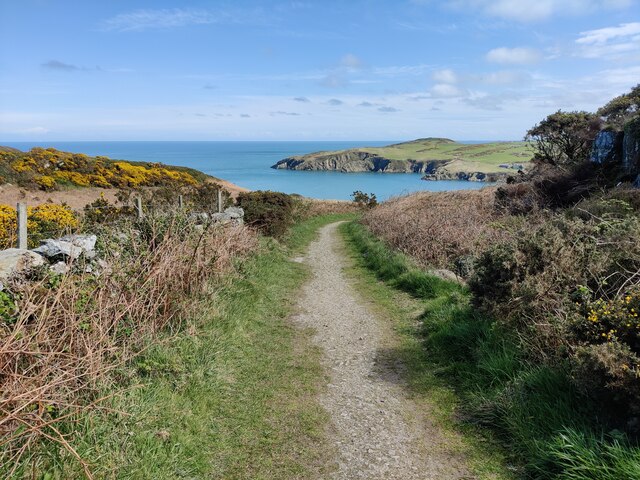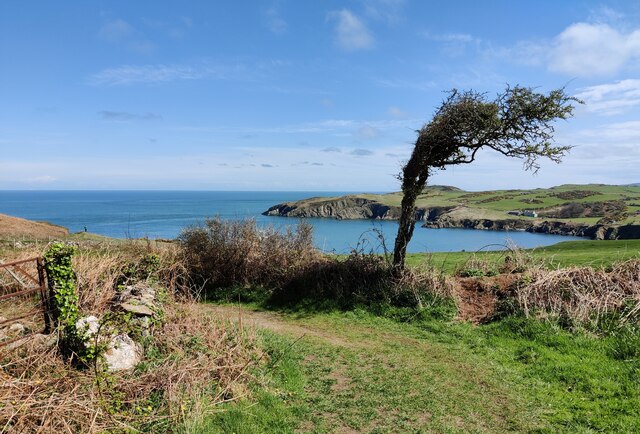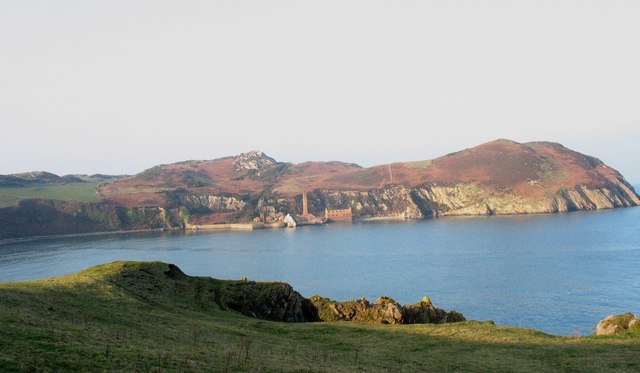Porth Wen
Bay in Anglesey
Wales
Porth Wen
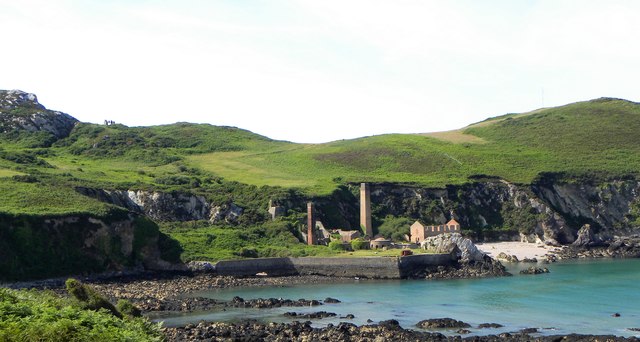
Porth Wen is a picturesque bay located on the northern coast of Anglesey, an island off the northwest coast of Wales. This hidden gem is known for its stunning natural beauty and historical significance.
The bay is characterized by its golden sandy beach, clear turquoise waters, and dramatic cliffs that surround the area. It offers visitors a tranquil and secluded environment, perfect for relaxing beach walks, picnics, or simply enjoying the scenic views. The bay is also a popular spot for water activities such as swimming and fishing.
Porth Wen is particularly notable for its industrial heritage. The remains of an old brickworks can be found at the base of the cliffs. This Victorian-era factory was established in the late 19th century and produced firebricks that were exported all over the world. The factory closed in 1914 and now stands as a fascinating relic of Anglesey's industrial past. The ruins of the brickworks, with their tall chimneys and decaying structures, create an eerie and atmospheric backdrop to the bay.
Access to Porth Wen is relatively limited, with a narrow and winding road leading down to the bay. However, the effort is well worth it for those seeking a peaceful and unspoiled coastal experience. The bay is surrounded by cliffs and rolling hills, providing ample opportunities for hiking and exploring the surrounding natural beauty.
Overall, Porth Wen is a hidden treasure on the Anglesey coast, offering visitors a combination of breathtaking scenery, historical intrigue, and a sense of tranquility away from the hustle and bustle of modern life.
If you have any feedback on the listing, please let us know in the comments section below.
Porth Wen Images
Images are sourced within 2km of 53.423939/-4.4011496 or Grid Reference SH4094. Thanks to Geograph Open Source API. All images are credited.

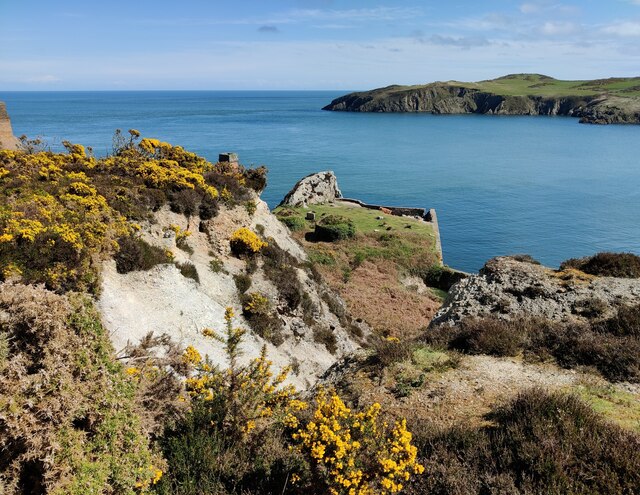
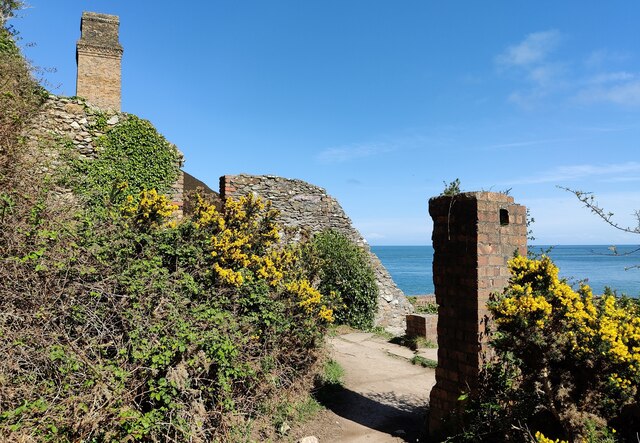
Porth Wen is located at Grid Ref: SH4094 (Lat: 53.423939, Lng: -4.4011496)
Unitary Authority: Isle of Anglesey
Police Authority: North Wales
What 3 Words
///isolating.haggle.beeline. Near Cemaes Bay, Isle of Anglesey
Nearby Locations
Related Wikis
Porth Wen Brickworks
Porth Wen Brickworks first built by Charles E Tidy, is now a disused Victorian brickworks which produced fire bricks, made from quartzite (silica) used...
Torllwyn
Torllwyn is a headland in Angelsey, Wales, approximately 2.5 kilometres (1.6 mi) ENE of Porthllechog. == See also == Media related to Torllwyn at Wikimedia...
Llanbadrig - Dinas Gynfor
Llanbadrig - Dinas Gynfor is a Site of Special Scientific Interest (or SSSI) in Anglesey, North Wales. It has been designated as a Site of Special Scientific...
Burwen
Burwen is a village in Anglesey, Wales, in the community of Amlwch. Located on the A5025, it is 1 kilometre southwest of the larger village of Bull Bay...
Nearby Amenities
Located within 500m of 53.423939,-4.4011496Have you been to Porth Wen?
Leave your review of Porth Wen below (or comments, questions and feedback).
